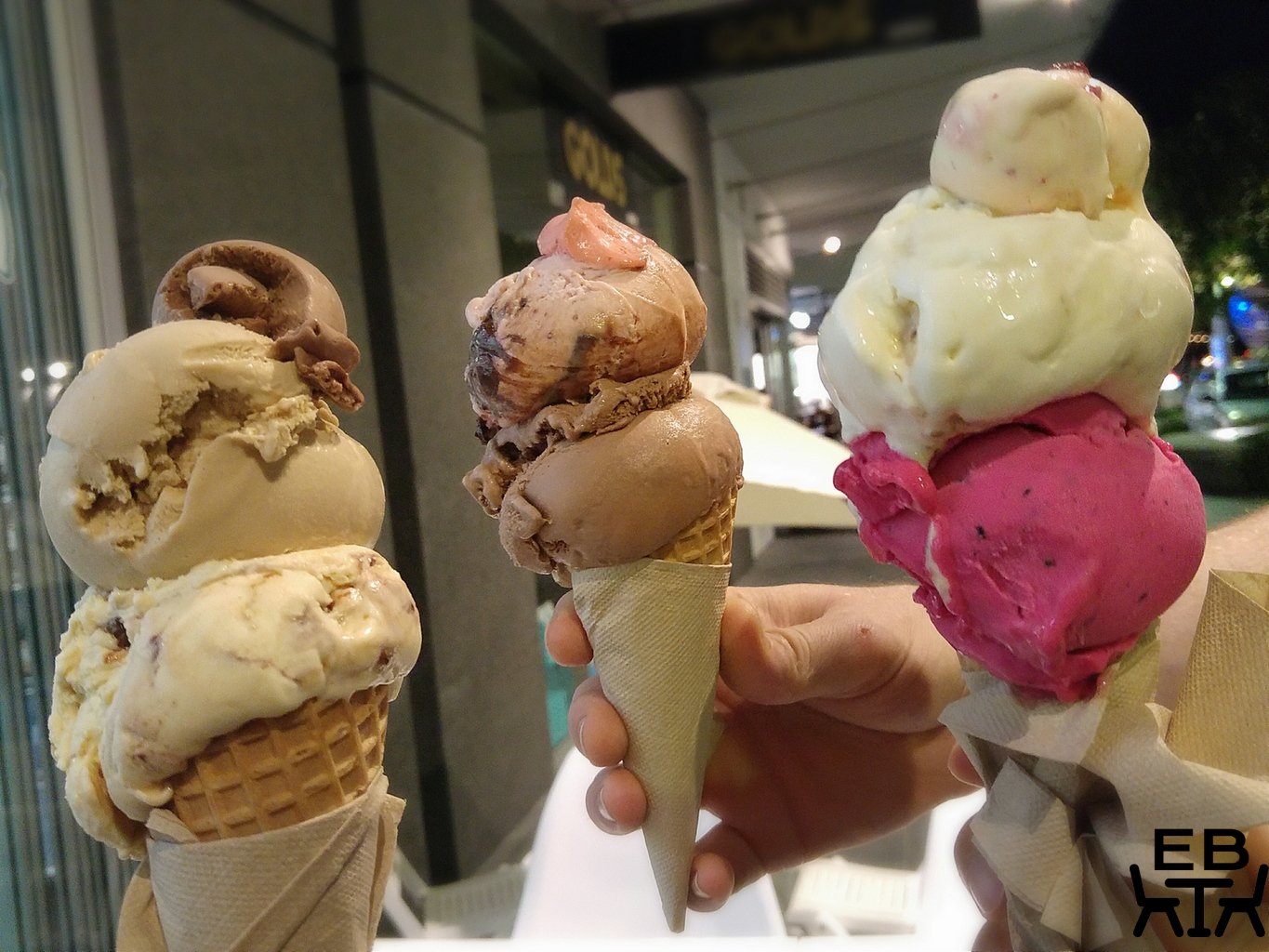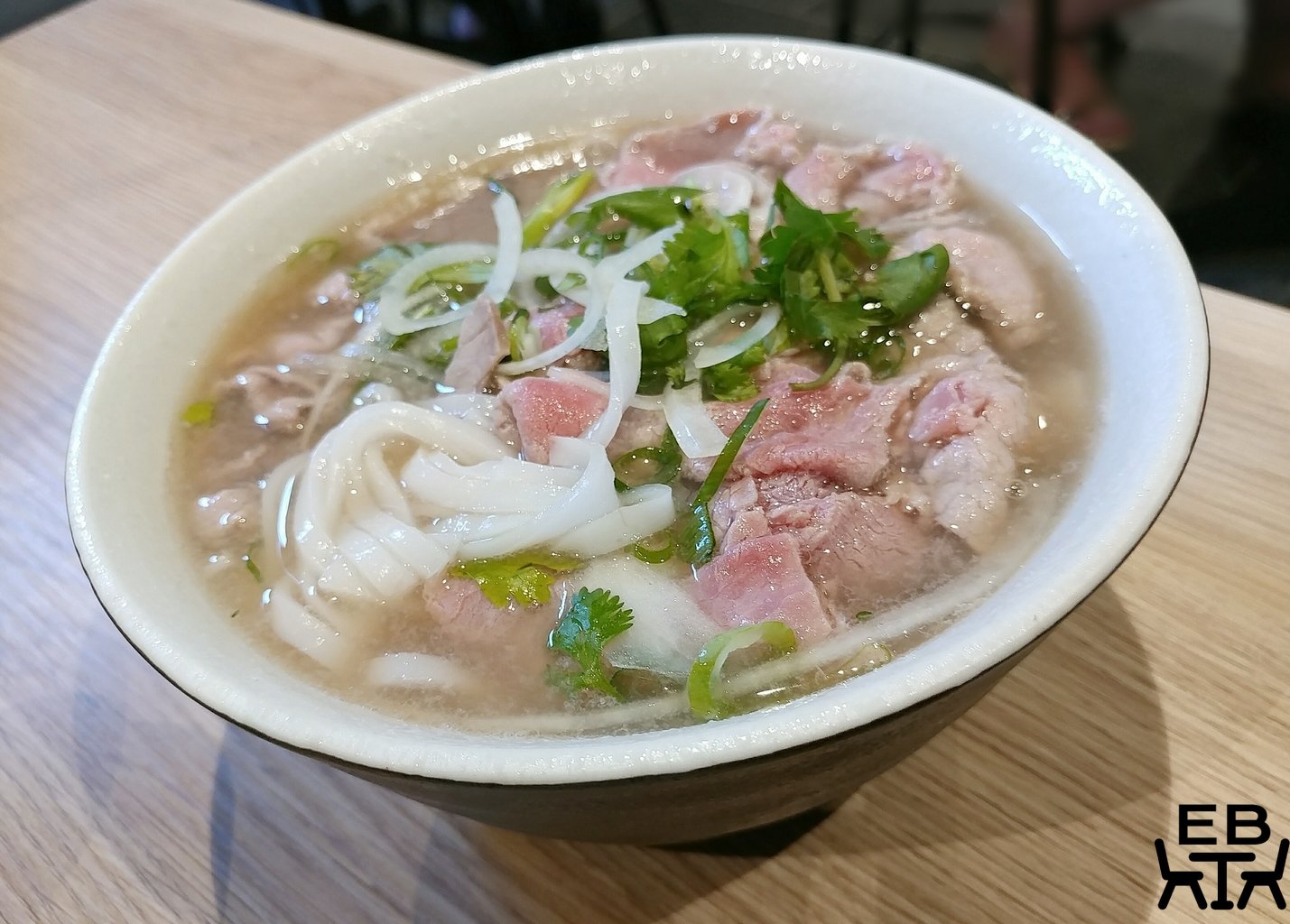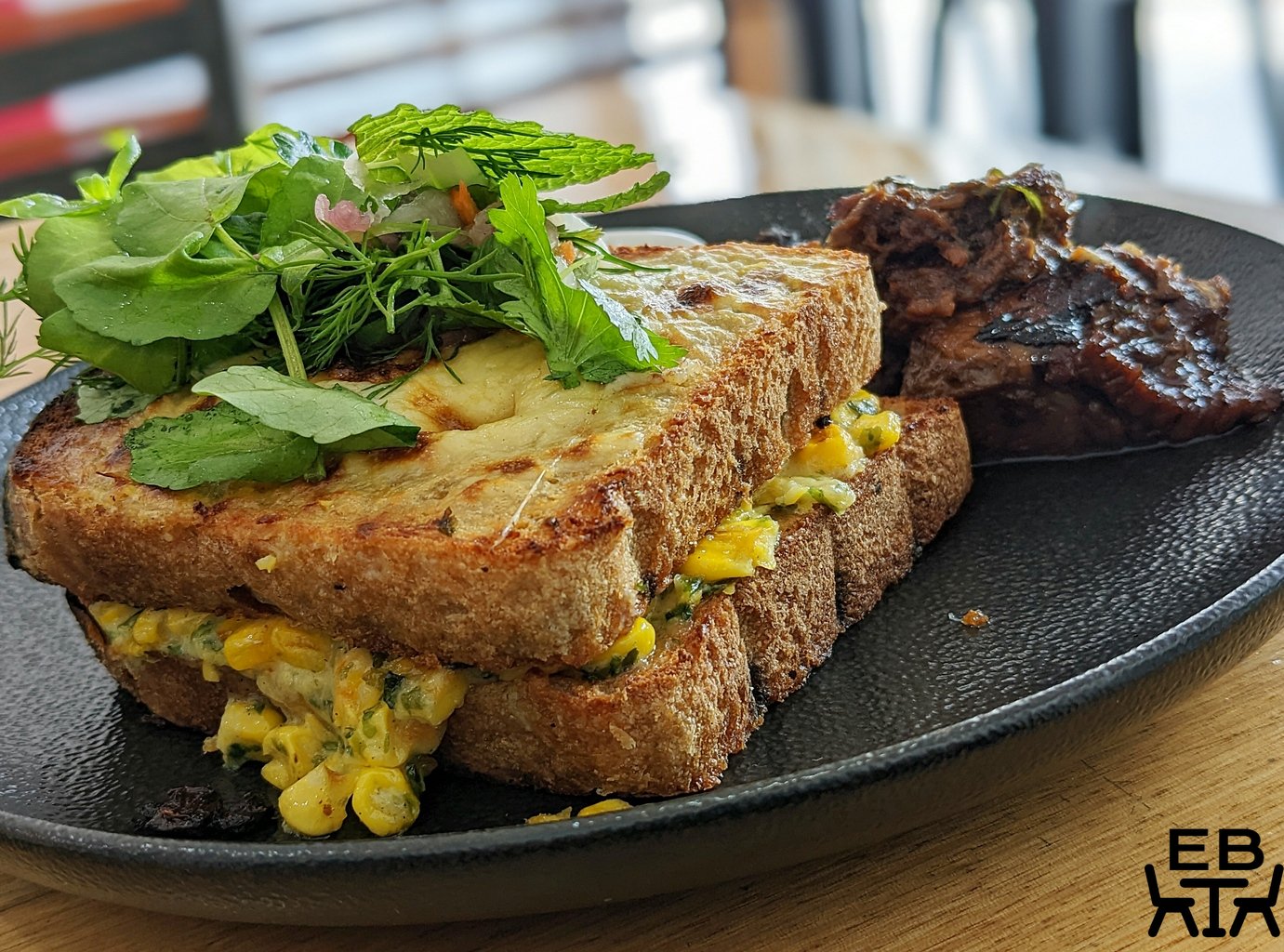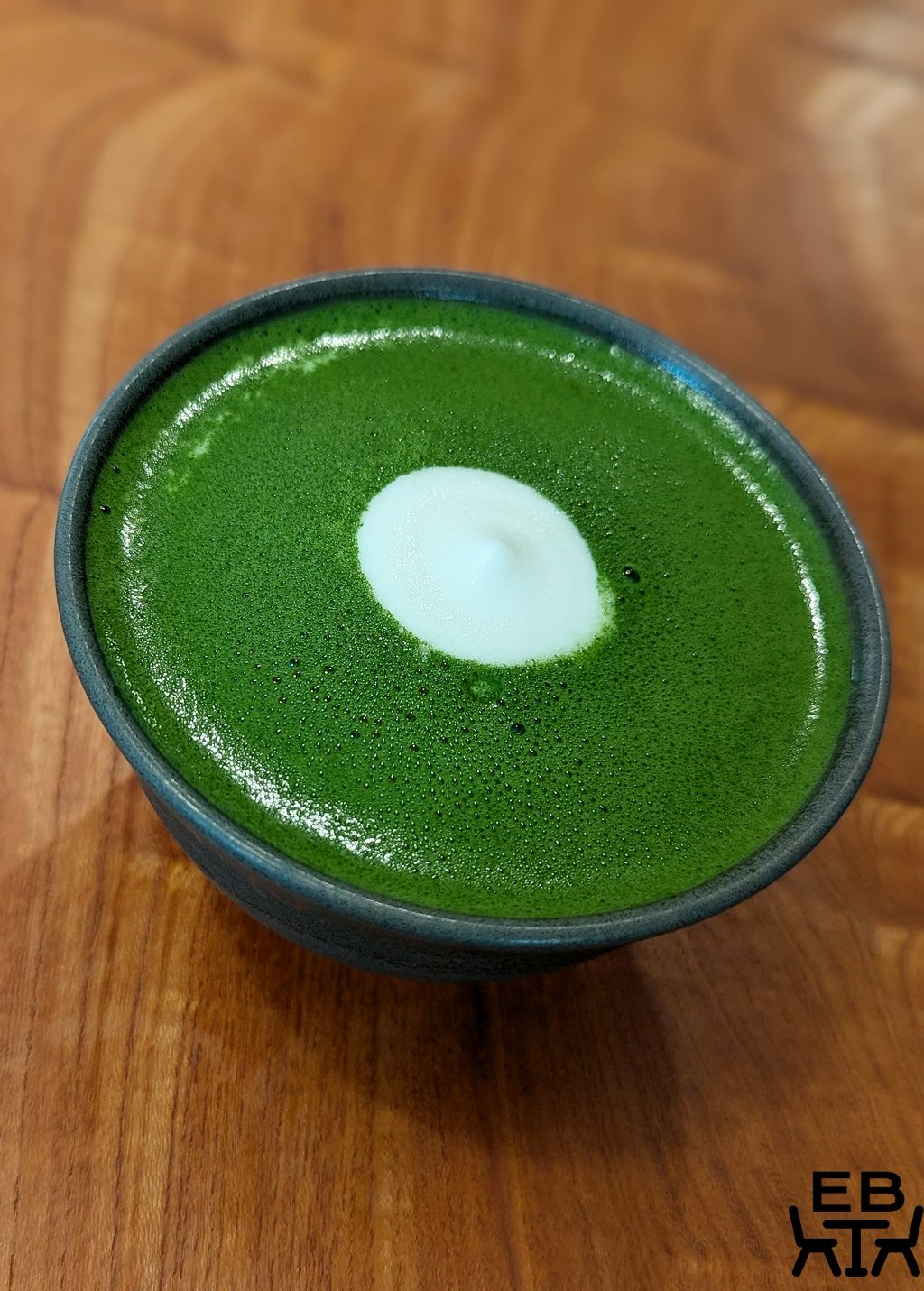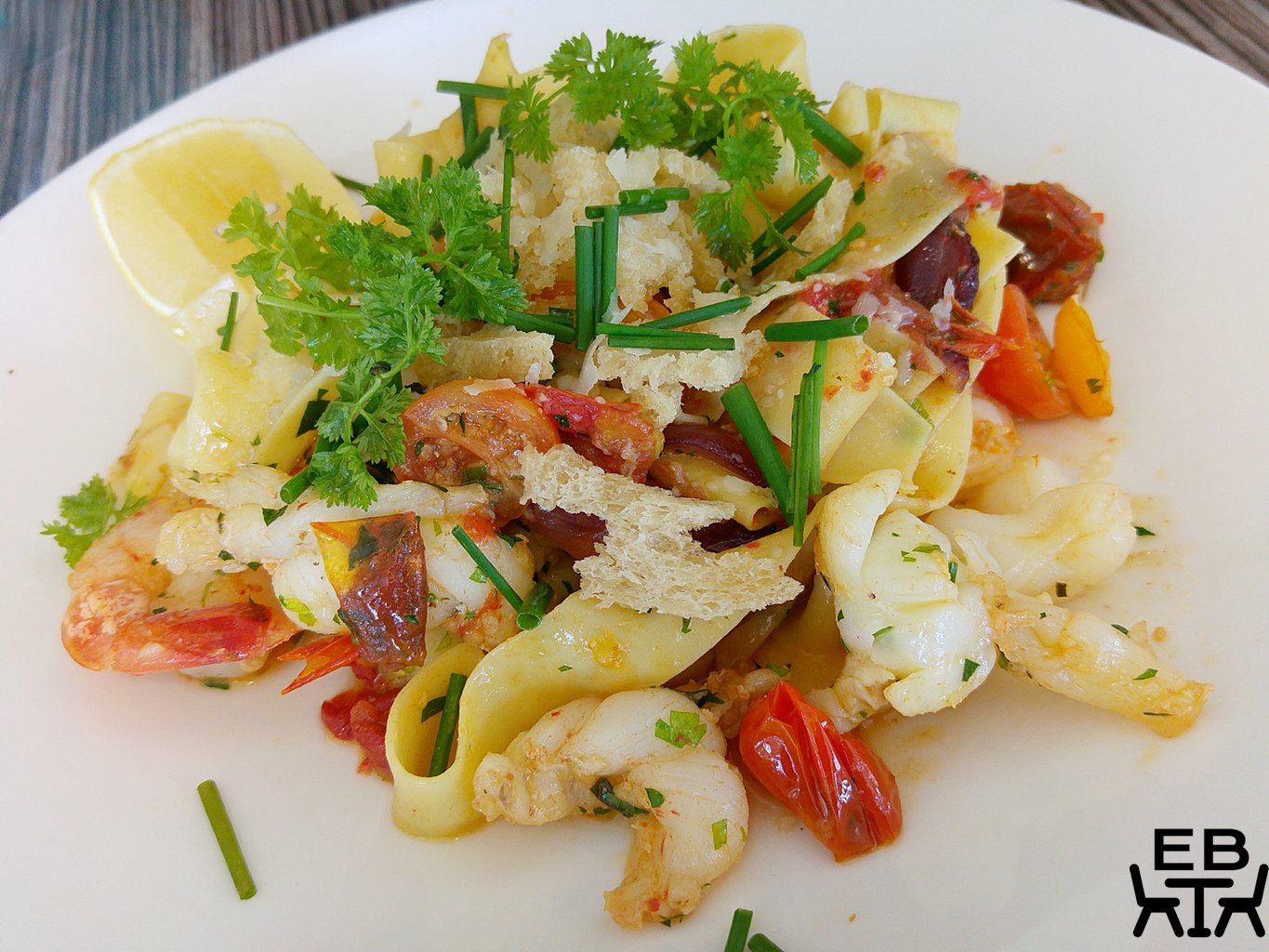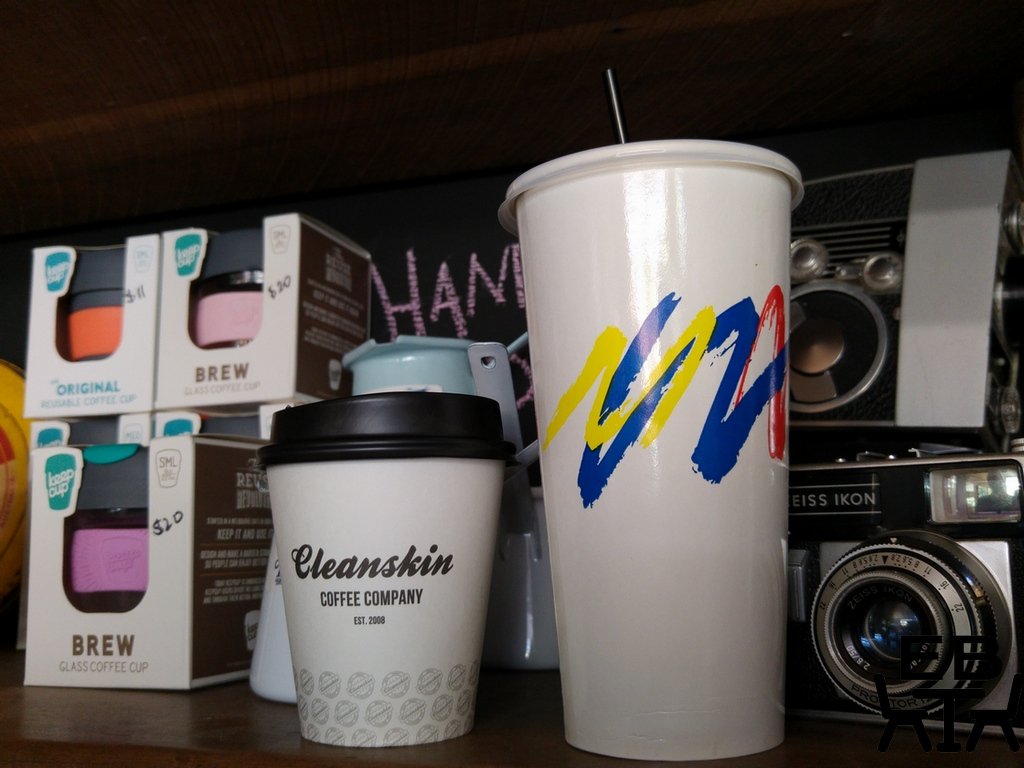Tsujihan is famous in travel write-ups and on social media for affordable and fresh kaisendon – rice topped with an assortment of sashimi (used interchangeably here with the term donburi – a rice bowl with toppings). We mostly avoided hyped places on this trip (we decided against a 1h 45 min wait for A Happy Pancake), but thought it might be worth a try, given all the rave reviews.
We went to the Nihonbashi branch, joining the queue a bit before 1830. Unfortunately that was the earliest we could get there, as we had been exploring further out areas for the rest of the day. There was already quite a queue, snaking back and forth along three marked out rows.

To our surprise, not long after we got in line, restaurant staff came out and closed the queue just 2 people behind us. The restaurant listing stated that it was open until 2100, so we thought that we would have enough time. Other people clearly thought so too, as a number of other hopeful diners walked up, saw the sign, and left disappointed. Looking at the number of people ahead of us though, that potentially made sense..but did not bode well for the wait.
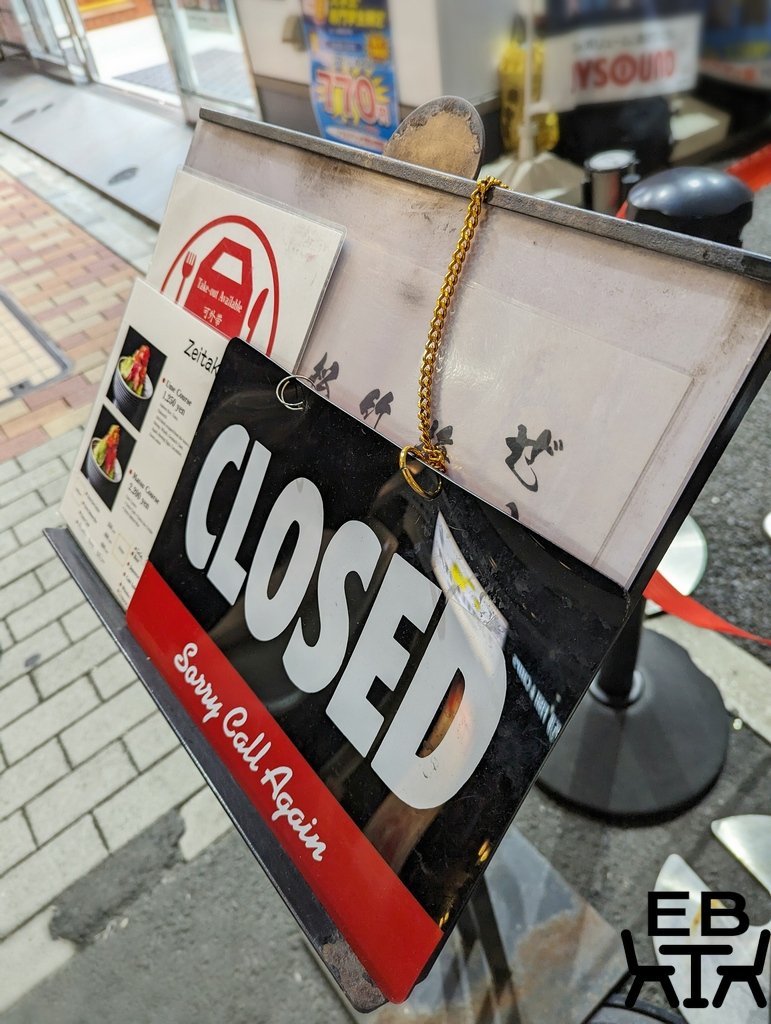
The line moved very slowly. A couple of people would intermittently come out of the restaurant, and the line would inch forwards. The line was in the laneway next to the restaurant, and the entrance also faced the laneway. The eatery had quite subtle signage, and if you didn’t read kanji, you would only know it was there from the queue outside.
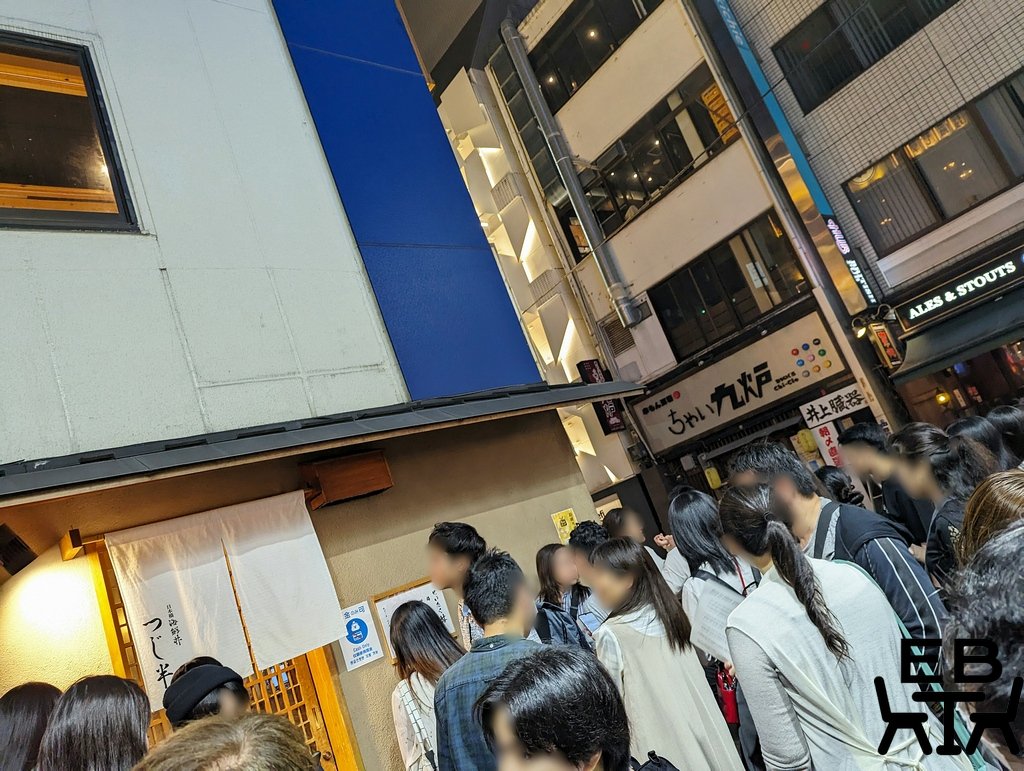
There was a bit of a stench in that laneway that likely came from the sewer drains, and a constant stream of high pitched music from the karaoke bar next door, which may or may not be your thing. And occasionally, people smoking further down the laneway added extra stink. It was a true test of patience and persistence.

At one point, one of the chefs came out to count the number of people in the queue, and opened the line for a few more people. They were potentially estimating by number of servings left rather than time to closing.
Menus were brought out when were were still about a row away from the front of the line, so our food orders could be taken ahead of time. We took this as quite a well organised system, because then you don’t have people spending valuable seating time in the restaurant deciding what to get. It’s how you turn diners around as fast as you can..

Tsujihan is clearly set up to cater for tourists as well, as they had a laminated menu printed in English, with pictures of each option, a description beside each of what you would get, and prices.
The most basic bowl starts at ¥1250, and the most expensive bowl is ¥3600. You can add more seafood portions to any bowl, for extra cost. We opted for the second most expensive bowl at ¥2200, given we had waited this long (this may be a marketing tactic), as we weren’t entirely convinced the most expensive one would be 30% better.
And then there was more waiting.
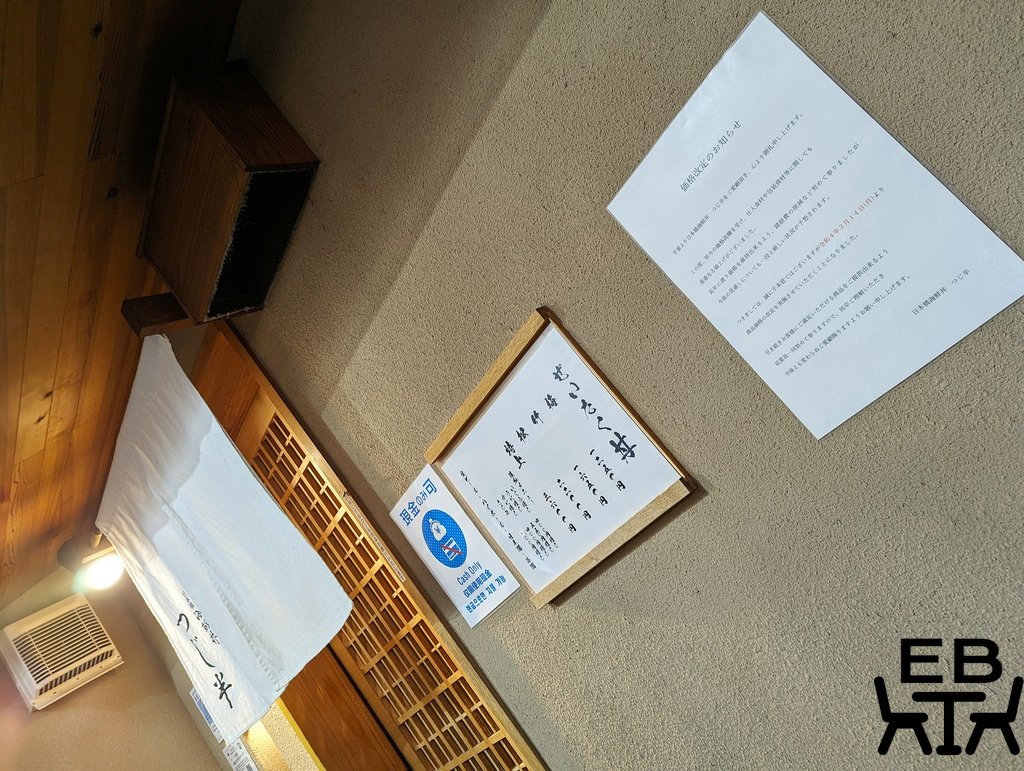
We finally got to cross the threshold of the restaurant after a little over 2 hours of standing in line (definitely wear comfortable shoes). It is not a cramped space, but most of it is taken up by the prep area for the chefs. The seats for diners are arranged at the counter that goes around this main area. There are just 12 seats, which somewhat explains the duration of the wait. The decor is in keeping with what we think of as classically Japanese, with plenty of light wood and natural hues.
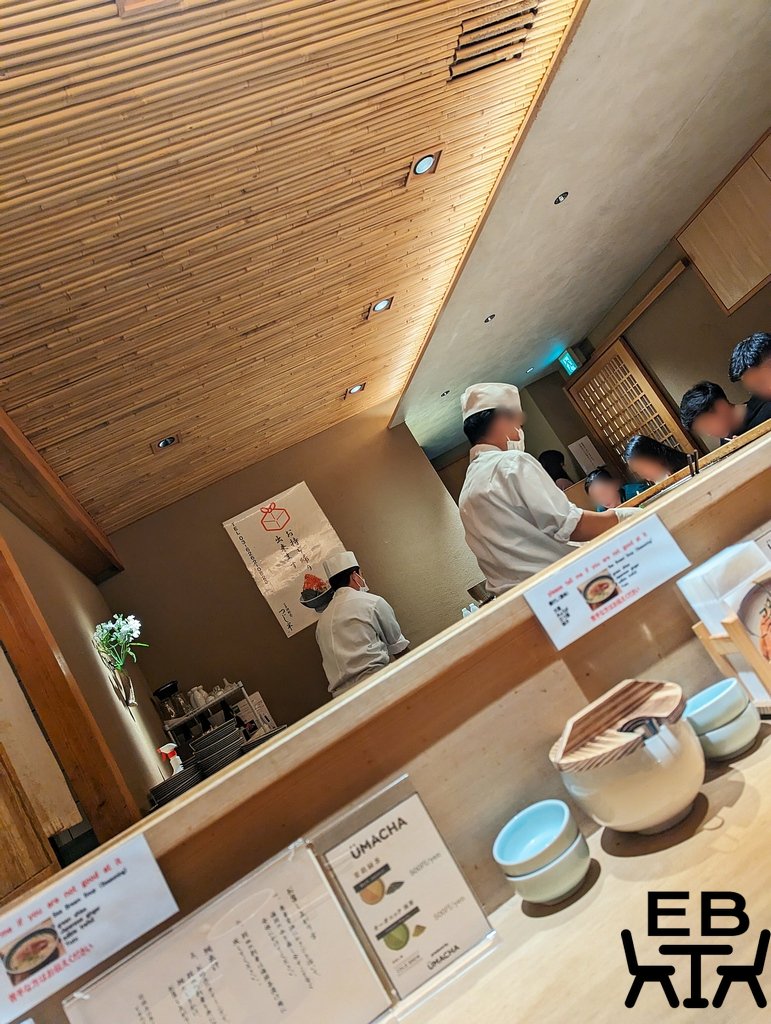
We were shown which seats to go to (there were only a couple of spaces free, not long vacated), and served tea. It seemed weirdly quiet after the continuous noise outside.
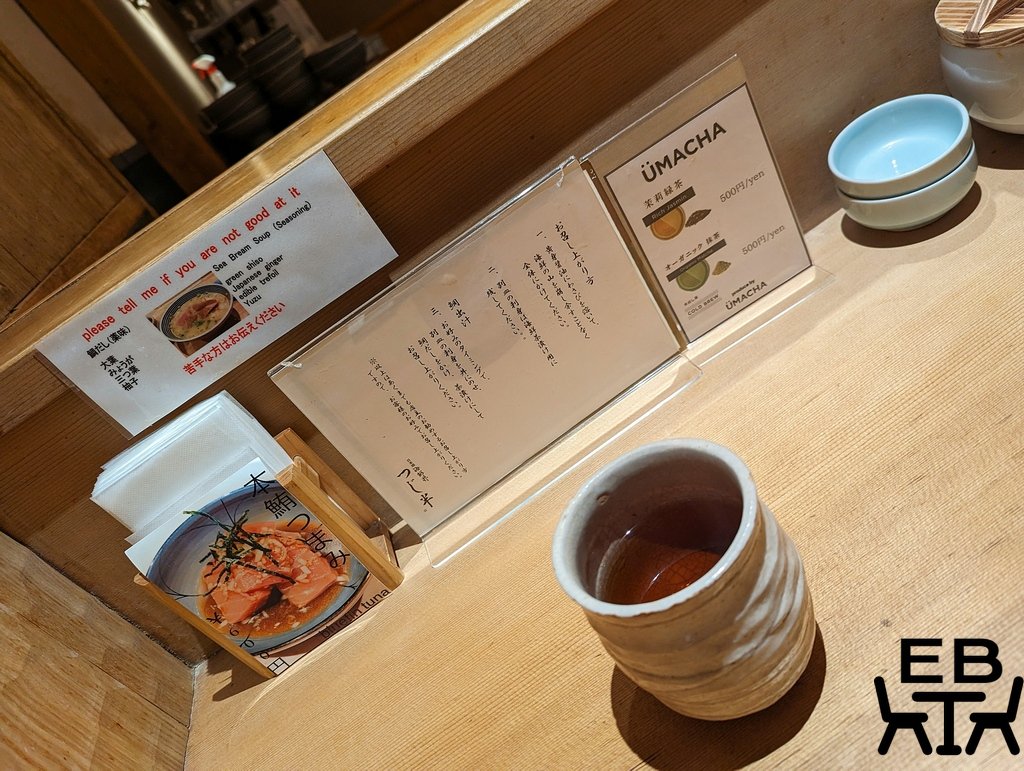
There was time to read the instructions at the table advising how to eat your kaisendon/donburi – including the frequently shared special step of saving a couple of slices of sashimi to have with the second phase of the dish, when sea bream soup was poured into the remains of your rice.
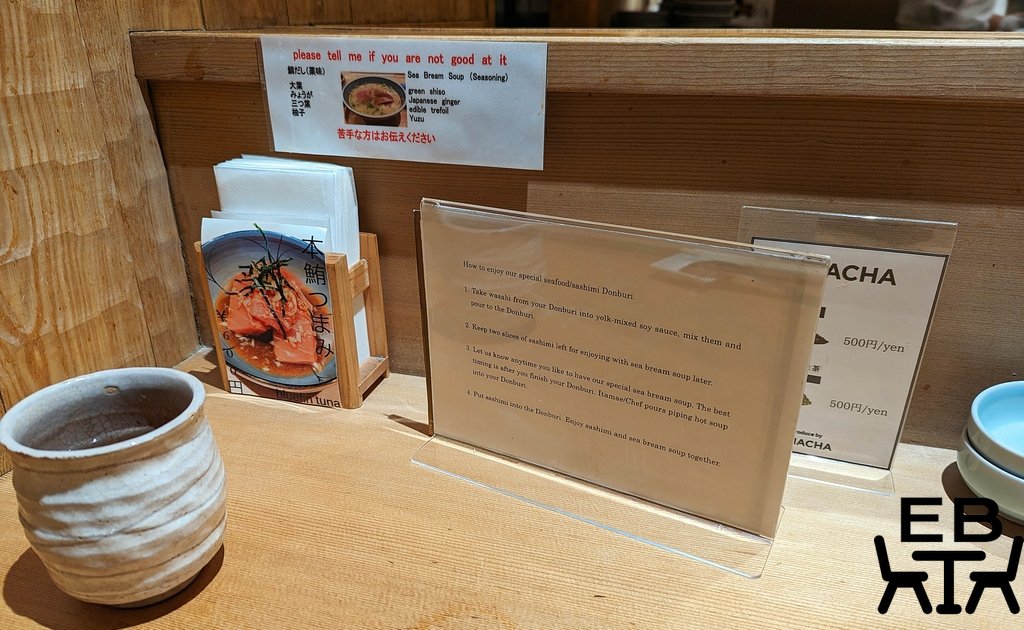
Everyone seated around the counter meant that all diners could see the kaisendon being prepared – to some extent. The counter had quite a high lip, so much of what was happening was blocked from view. And if you were seated around the side, as we were, instead of the front, you were often also out of the line of sight of the food preparation, frequently blocked by the chefs themselves.
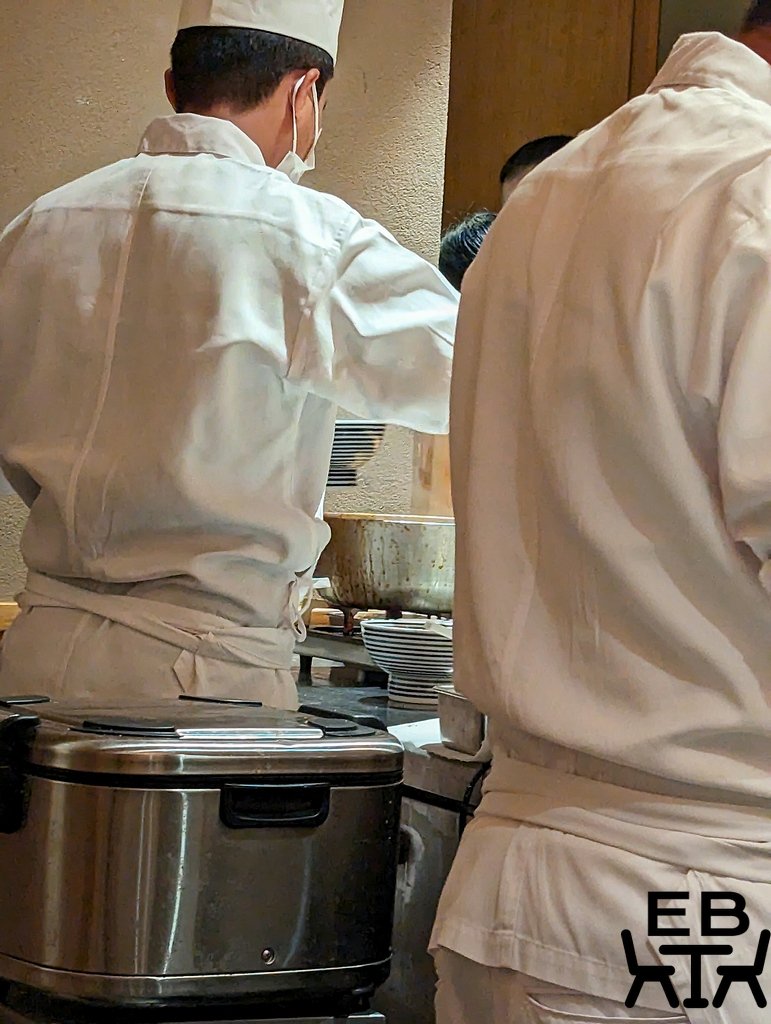
Efficiency being the name of the game, it wasn’t too long before our bowls were placed in front of us. They looked like some of the pictures of the dishes we had seen, a peaked mound of raw fish pieces on a bed of rice, with uni and ikura topping it off. There did seem to be more rice on view than in some of the more widely shared photos though. There as a small pouring bowl with sauce that you were meant to mix the wasabi in, then pour over the donburi.
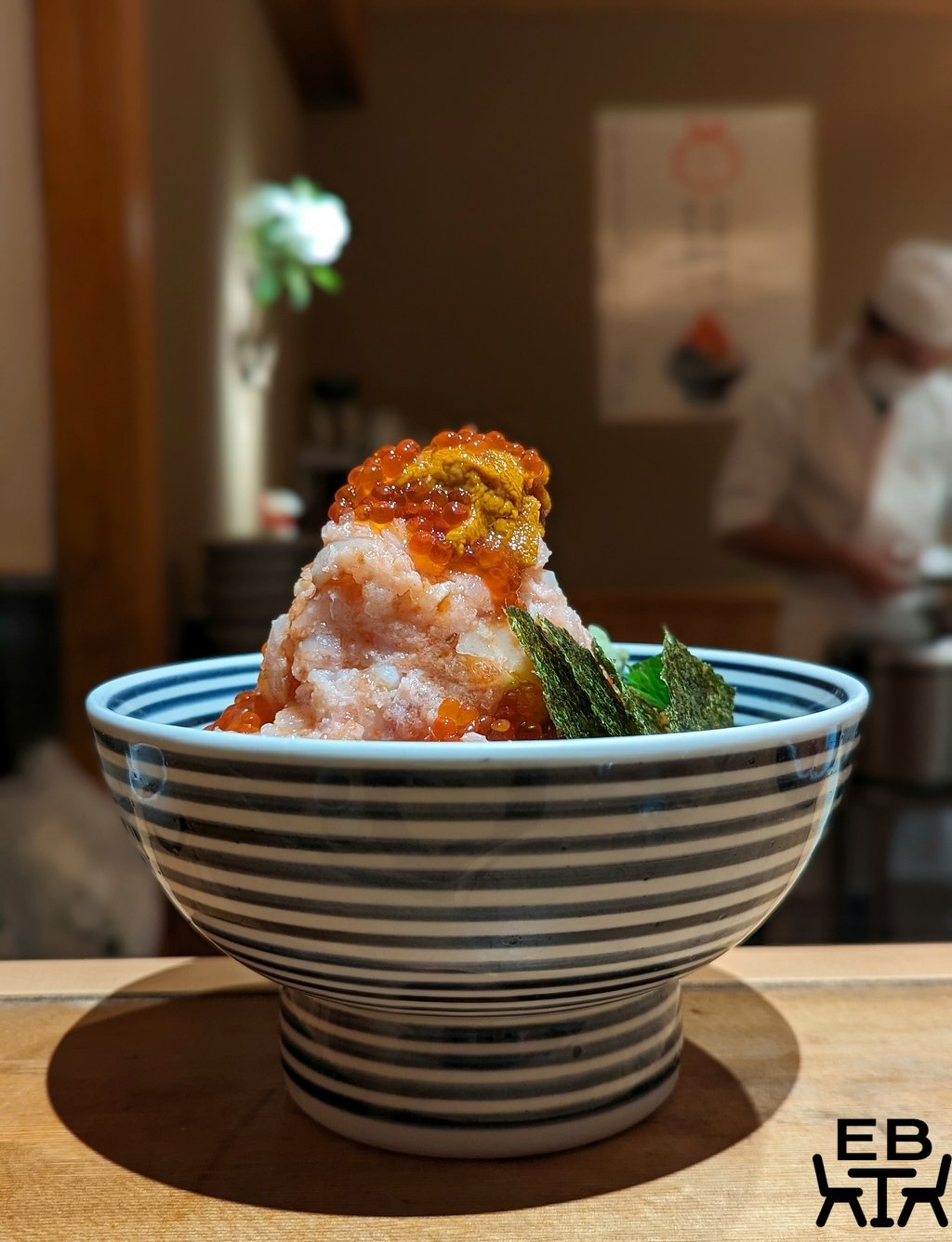
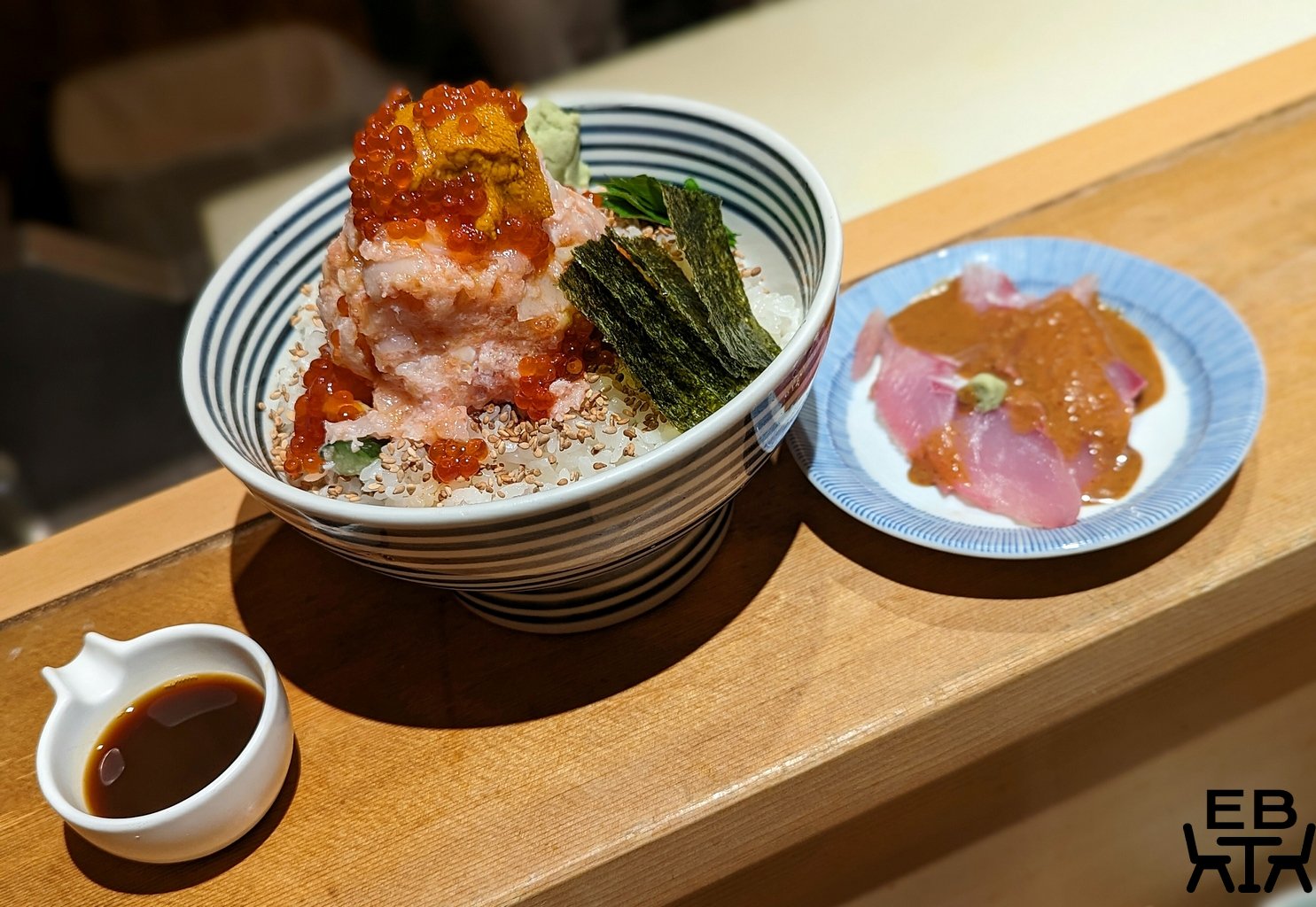
Four sea bream sashimi slices were also served with it, covered with a sesame sauce that had a nutty flavour, and a hint of yuzu. Half of these you were meant to save for the later part of the meal.
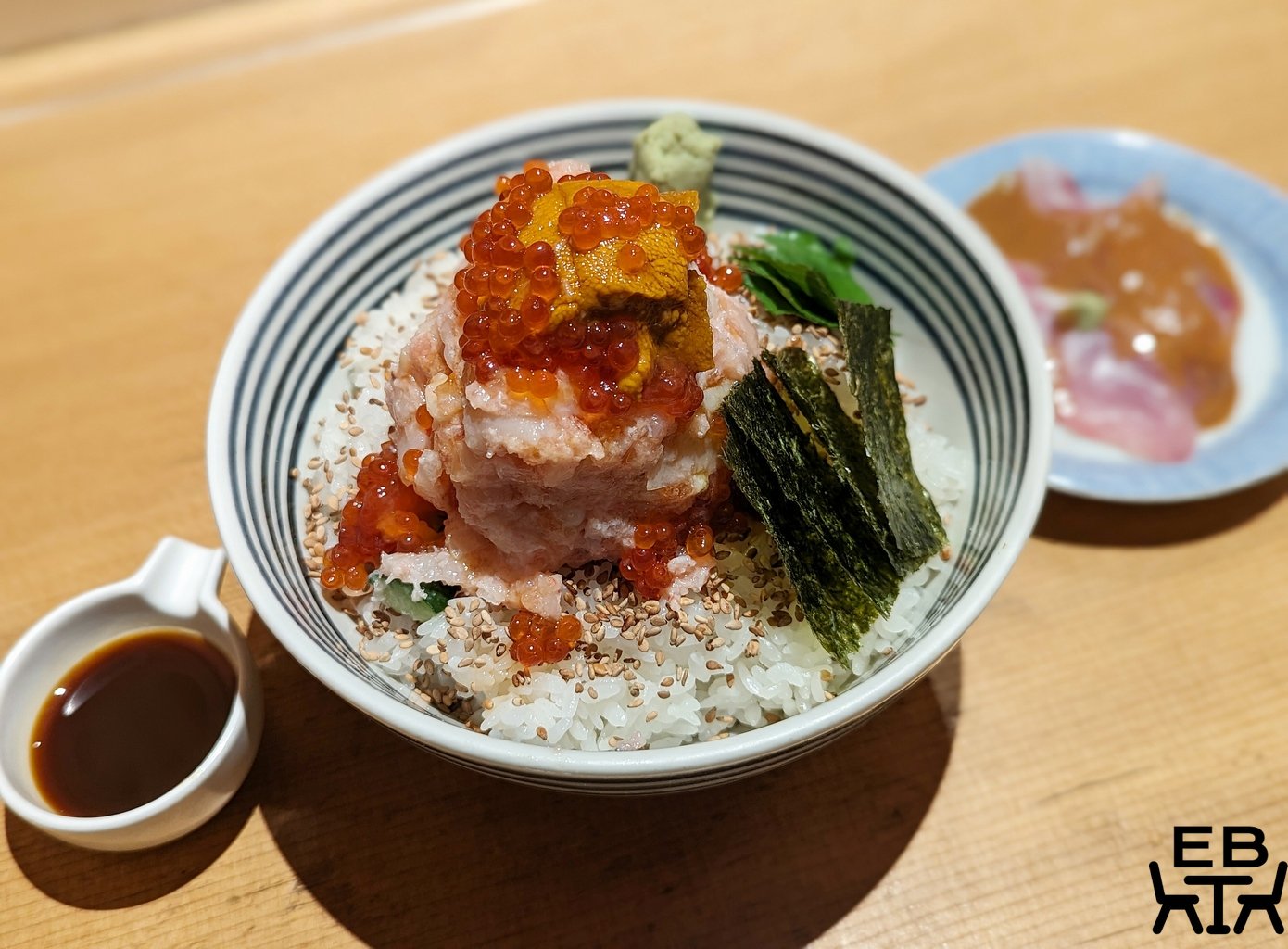
The uni and ikura topping the kaisendon were fresh. The rest of the dish was underwhelming though. There was too much rice for the amount of sauce, so it was quite bland even when you had poured every last drop over the mix. The scaped fish flesh also meant that you lost the texture that is a such key part of good sashimi.

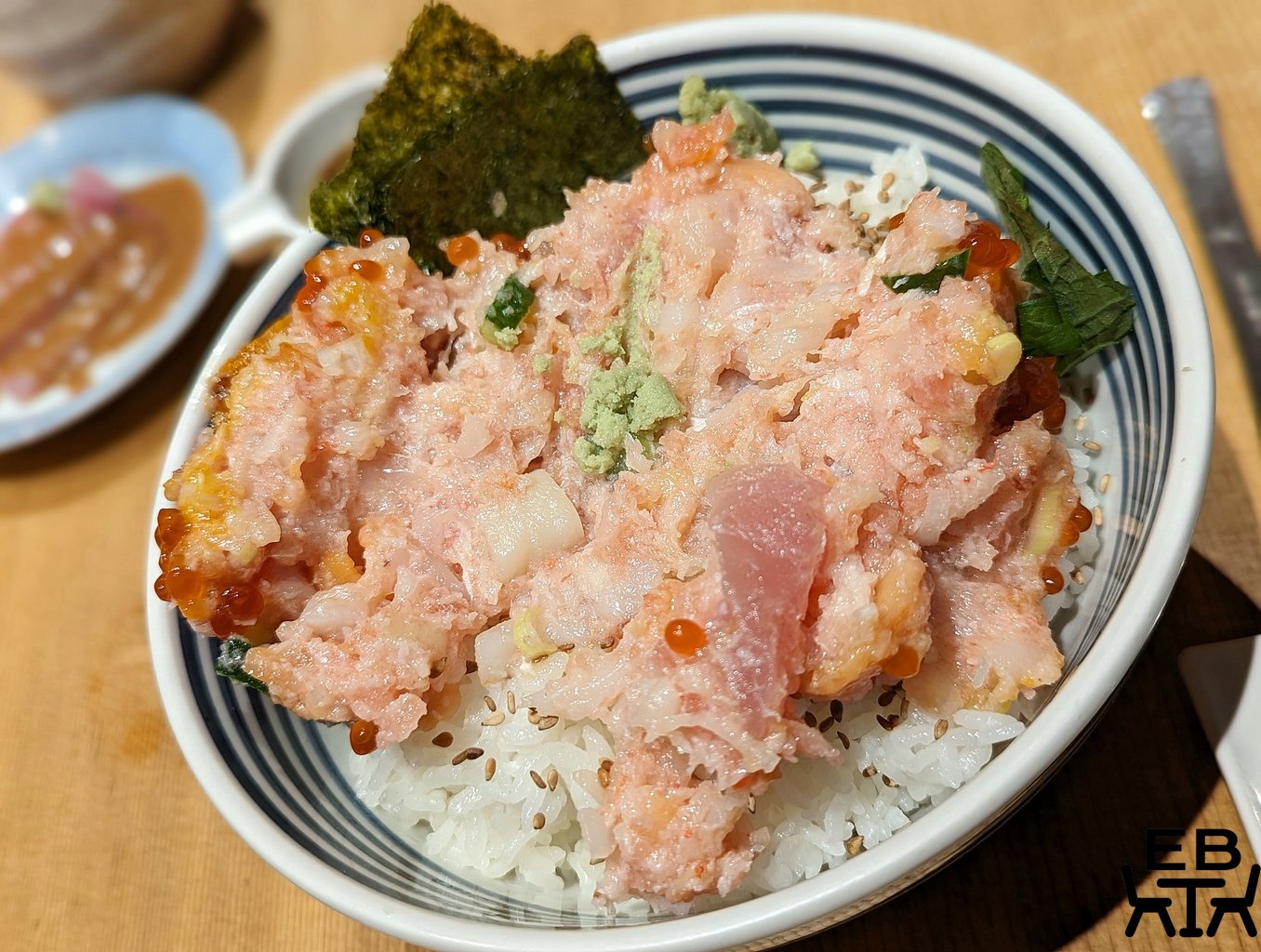
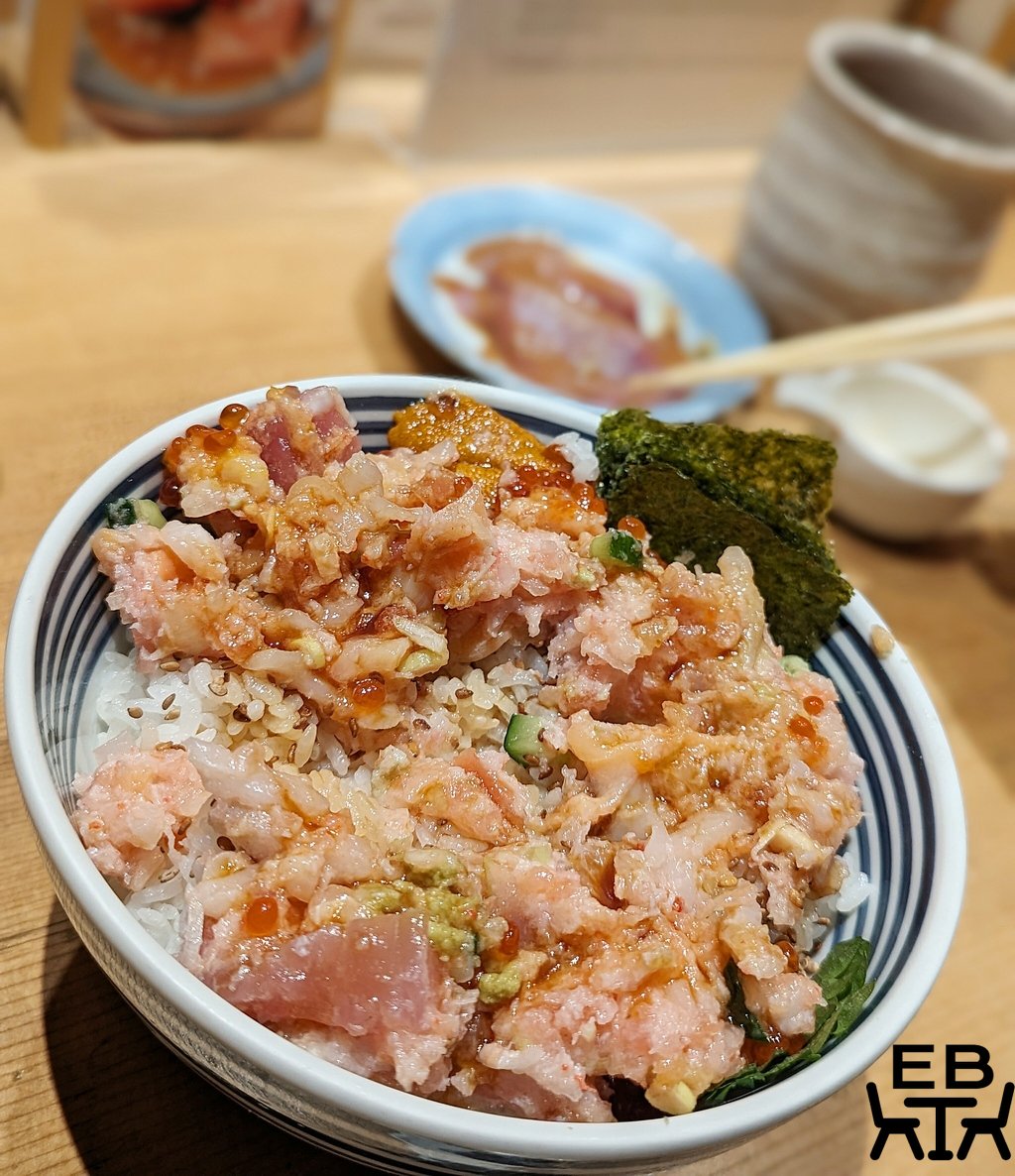
When we were done with the seafood mix, we put the bowls with remaining rice on top of the counter, as we had seen others do. One of the chefs took the bowls away, and poured hot sea bream broth into it. We also caught a glimpse of them grating a little yuzu zest over it.
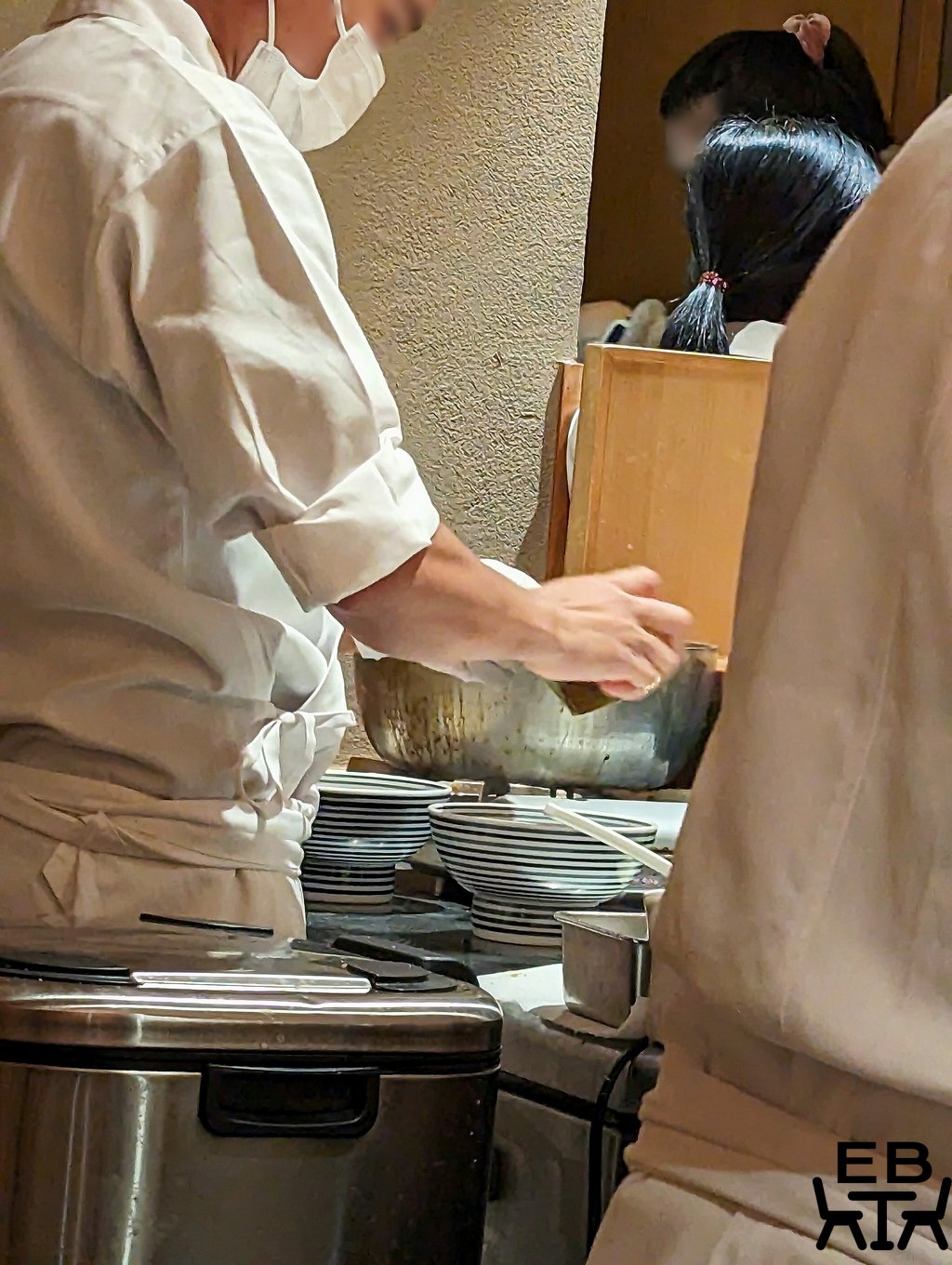
The sea bream broth was rich with seafood flavour, enhanced by the yuzu. This hearty broth would have been warming on a cool day. We had the sashimi with it, as advised, but really, the sashimi was better on its own, so you could taste the light flavour.
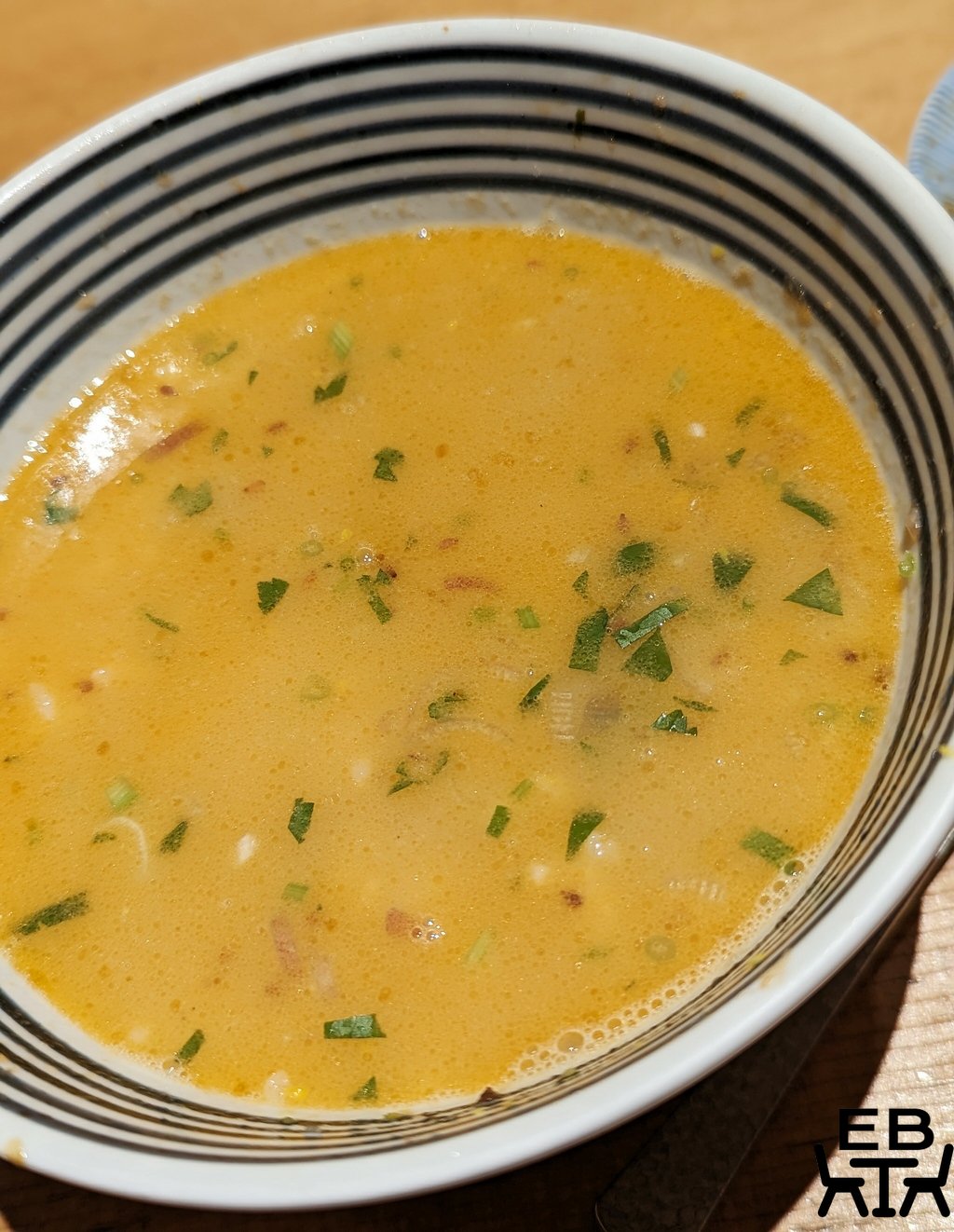

On the whole, we were disappointed by the Tsujihan experience. If you have a limited time in Tokyo, spending it queueing here is a waste. The prices for what you get aren’t even that convincingly great. Others have advised either going before opening time or attempt to catch a lull between standard mealtimes to decrease your wait. If that works for your trip schedule, great. There are so many delicious foods to have in Japan, with a concentration in Tokyo though, that unless you really, really, really must try it for yourself, we would advise eating elsewhere. This is a lesson/reminder to always be wary of the hype.
Scores:
Food: 2/4
Setting: 1.5/2 (if you don’t count the long wait in the unpleasant laneway, which was more than half the overall time – 0.5/2 if so.)
Service: 1/2
Total: 4.5/8 (or 3.5/8)
Price point: ¥2200 for each bowl we had, which was a bit over $21 AUD after conversion when we went.
Value: Questionable. Opportunity cost: high.
Details:
Address: 3-1-15 Nihonbashi, Chuo, Tokyo
Phone: +81 3 6262 0823
Website: Tsujihan
